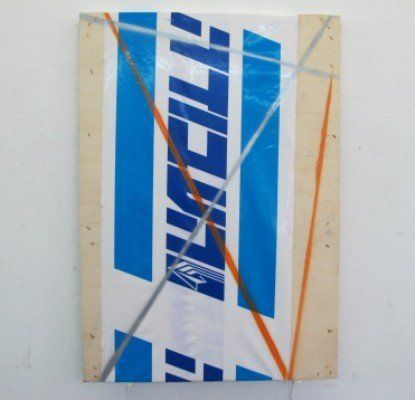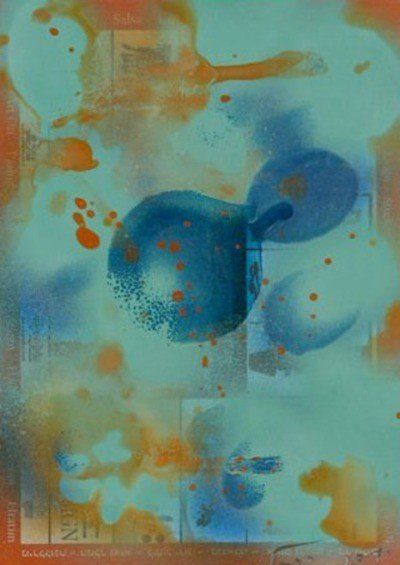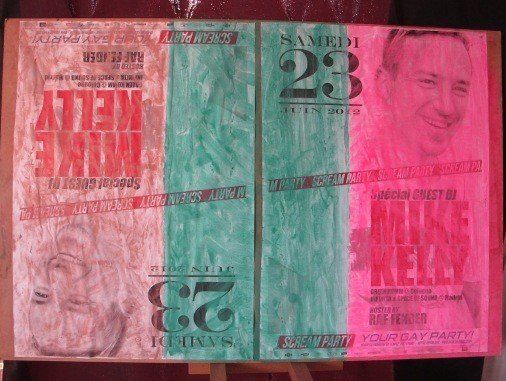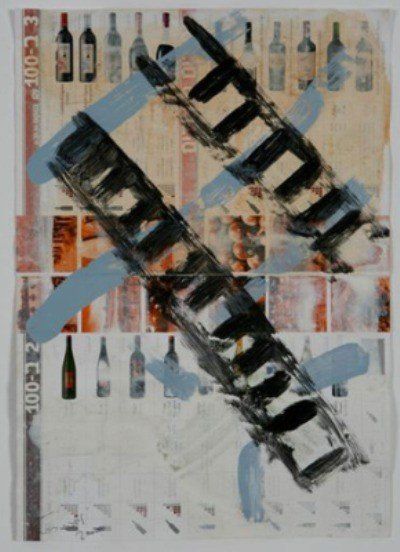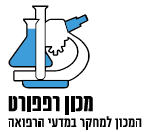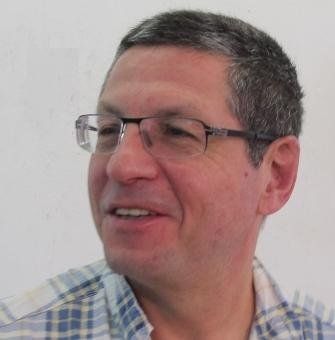
Ido Bar-El
Rappaport Prize for Established Israeli Artist
Bar-El was born in 1959 and studied at Bezalel Academy of Art and Design in Jerusalem during the 1980s. Since 1996 he has served as a lecturer of art at Ramat HaSharon College and Beit Berl College, and in 1997 began his career as Senior Lecturer and Head of the Art Department at Bezalel. His paintings are characterized by the use of unique base materials: road and street signs, random furniture parts or discarded old machinery. As he meanders around the streets of his home city, Tel Aviv, he finds and gathers items and takes them back to his studio. The act of creating art transforms the mundane objects into celebrated pieces of art andgives them eternal relevance. A hint of the object that once was is sometimes still evident, while often it has been completely erased and has made room for an artistic event, detached from its original milieu. The painting seemingly eliminates the narrative, poetic space the object occupied in the past and creates a new layer of time and context. The objects serve as a spring board and prepare the ground for an act of rebellion, deletion or smudging of the once practical object which now is off the street and back in the realm of art.Despite the acts of deletion and resistance, which is what results by painting over the surface of the found object, the paintings do not conceal the object’s presence.
Whether obscured under layers of paint or whether a few graphic signs of it remain, Bar-El’s paintings succeed in maintaining the co-existence of two parallel time periods; the one being the object’s former true identity with all its anthropological, historical or political aspects, and the other, the object’s period as autonomous art.
Bar-El’s work is rooted in the heritage of European and American modernism, the tradition of assemblage, the objettrouvéand the ‘ready-made’, but also has a deep connection to the impact these trends have had on Israeli art –in lyric abstraction and sketching. However, Bar-El says he is “quite connected to other places that are not necessarily within the structure of the Israeli debate about the experience of painting, whether through either material or color."
Bar-El's singularity is the formulation of a personal, unique artistic language spanning many years of creative occupation, and succeeds in containing within it the clash between various artistic languages in relation to place and time, both political and personal.


